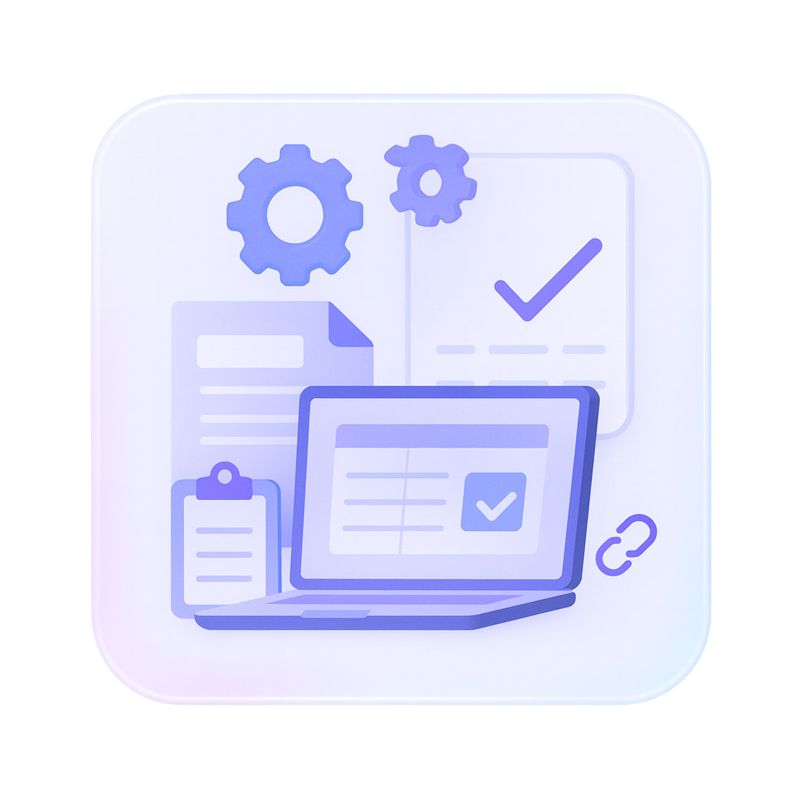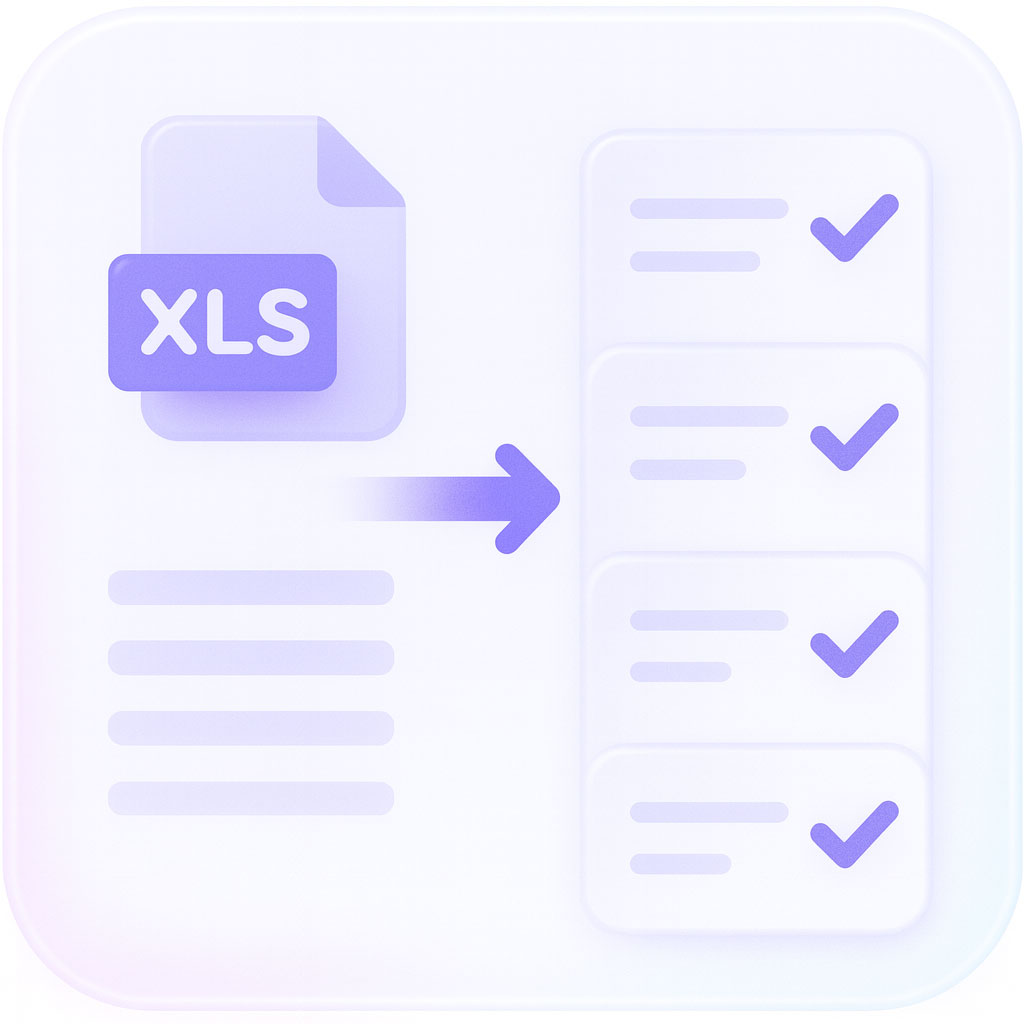How to automate the logistics resource allocation process and cut its duration from a week to just one day?
Area of collaboration
Planning and budgeting
Industry
Logistics
Tools
About the client
A global logistics company, handling thousands of shipments daily and operating an extensive network of branches across Europe, faced the challenge of streamlining its resource allocation process. Traditional Excel-based methods consumed valuable time from operational and financial teams, carried a high risk of errors, and made accurate cost allocation difficult. The organization sought a solution that would enable process automation, increase transparency, and enhance analytical flexibility.
CHALLENGES
Symptoms indicating the need to change the allocation process
The logistics resource allocation process is critical for accurate cost and revenue accounting. However, in this company, it was carried out in a traditional way — based on multiple Excel spreadsheets created by individual branches. The scale of operations and number of participants made the process time-consuming, error-prone, and difficult to control.

Decentralized process across multiple Excel files
The allocation was carried out in spreadsheets maintained by individual branches, leading to inconsistencies in versions, formats, and data definitions.
Manual management at the headquarters level
The headquarters had to prepare and distribute templates, collect completed files, and consolidate the data into a single spreadsheet. The process was error-prone and required multiple iterations.
Lengthy cycle (around 7 days)
Collecting and consolidating data from branches took about a week, delaying subsequent planning steps and decision-making.
Lack of standardization and high risk of errors
Manual data entry, copying, and merging increased the risk of errors and made it difficult to trace the source of changes.
Analytical limitations in unit-level calculations
Due to the complexity and time-consuming nature of the calculations, it was difficult to continuously compute costs per 100 kg or per pallet.
Limited transparency and process control
The dispersion of data across branches and files made it difficult to monitor progress, manage version control, and compare allocation scenarios.
Automation of the logistics resource allocation process
To streamline and shorten the time-consuming allocation process, the organization decided to move it from decentralized Excel spreadsheets to an integrated OneStream environment. This enabled centralized data management, automated calculations, and provided branches with direct access to a unified system.

Key elements
Direct access of branches to the system
All branches can independently upload allocation keys, eliminating the need for manual data collection and consolidation by the headquarters.
Automatic volume valuation
Planned exchange volumes are automatically calculated based on predefined unit rates, which shortens processing time and minimizes calculation errors.
Dynamic recalculation of cost indicators
The system continuously calculates additional indicators, such as costs per 100 kg or per pallet, thereby enhancing analytical capabilities.
Flexible allocation scenario modeling
Users can create any number of allocation tables, and the results are stored in a dedicated element, allowing easy comparison of alternative scenarios.
From manual coordination to full automation and data consistency
The implementation of OneStream completely transformed the way the logistics resource allocation process is managed. Instead of decentralized communication through Excel spreadsheets, the organization gained a single, unified environment where all branches operate based on the same rules and source data.
Thanks to centralization and automation, the need for manual file consolidation and lengthy coordination between branches was eliminated. Data became available in real time, and the process gained full transparency and control at every stage — from entering allocation keys to analyzing allocation results.
BENEFITS
From time-consuming Excel operations to a fast and transparent allocation process
Reducing the process duration from a week to one day
Thanks to centralization and automation, the entire allocation cycle was significantly shortened, accelerating subsequent planning and reporting stages.
Reduced risk of errors
Eliminating manual operations in Excel reduced the number of errors related to copying, version control, and data consolidation.
Better transparency and control
A single source of data and real-time access enabled ongoing progress monitoring and change tracking at every stage of the process.
Simplified coordination between branches
Field teams work within a single system, without the need to exchange files or reconcile versions, allowing headquarters staff to spend less time on manual tasks.
New analytical capabilities
Automatic calculations and scenario modeling capabilities allow for faster cost analysis and testing of alternative allocation scenarios.

From a fragmented process to a structured operating model
The optimization of the allocation process enabled full automation, a significant reduction in execution time, and improved data quality used in planning. The organization not only simplified and standardized its way of working but also gained access to analytical capabilities that were previously out of reach in a decentralized Excel-based environment.

Explore other case studies
Discover how organizations across various industries leverage innovative tools to optimize processes and make better business decisions.

Optimizing volume and price planning in a global manufacturing environment
How an international manufacturer transformed chaotic quarterly planning from weeks of manual work to real-time decisions in minutes.
See more

Financial analysis as the key to continued business success of an e-commerce giant
How one of Poland's largest e-commerce platforms cut their month-end closing time by 50% through automated financial planning.
See more

Modern financial reporting – How to master 20 years of data and leverage it for better decision making
How we helped a global energy corporation regain control over their financial reporting system after losing their key expert.
See more
CONTACT
Let's talk about your project
Get in touch with us via this form, email, or phone. We’ll answer your questions, discuss the key challenges, and suggest initial solutions tailored to your needs.
